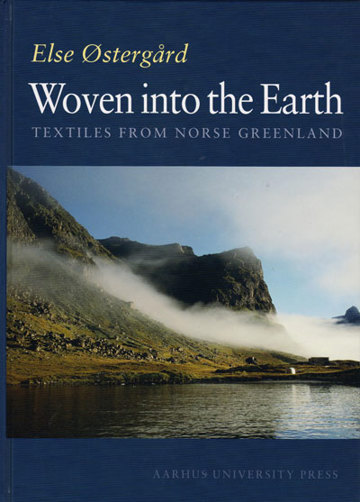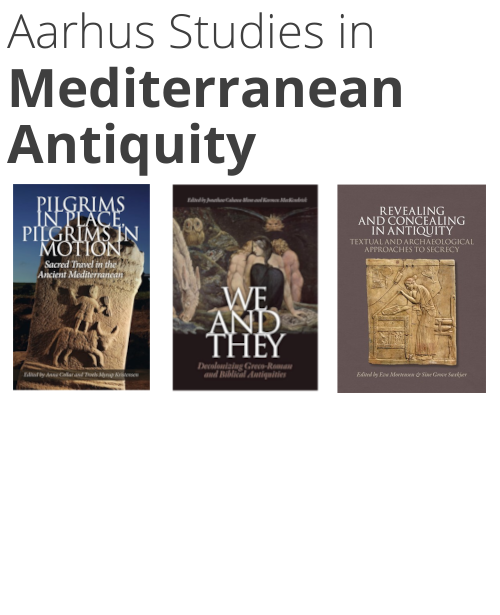
Woven into the Earth
Textile Finds in Norse Greenland
A part of the subject area Arctic studies
More about the book
About the book
One of the century's most spectacular archaeological finds occurred in 1921 when Poul Nørlund recovered dozens of garments from a graveyard in the Norse settlement of Herjolfsnæs, Greenland.
Preserved intact for centuries by the permafrost, these mediaeval garments display remarkable similarities to western European costumes of the time. Previously, such costumes were known only from contemporary illustrations, and the Greenland finds provided the world with a close look at how ordinary Europeans dressed in the Middle Ages.
Fortunately for Nørlund's team, wood has always been extremely scarce in Greenland, and instead of caskets, many of the bodies were found swaddled in multiple layers of cast-off clothing.
Eighty years of technical advances and subsequent excavations have greatly added to our understanding of the Herjolfsnæs discoveries.
In Woven into the Earth Else Østergård recounts the dramatic story of Nørlund's excavation in the context of other Norse textile finds in Greenland. She describes what the finds tell us about the materials and methods used in making the clothes.
The weaving and sewing techniques detailed here are surprisingly sophisticated, and one can only admire the talent of the women who employed them, especially considering the harsh conditions they worked under.
For purchases outside of Denmark:
If you are located in the USA or Canada, please contact our US distributor, Longleaf Services, at orders@longleafservices.org or +1 919-503-6590.
For purchases in all other countries, you can find the title through our global distributor, The Mare Nostrum Group, here: https://mngbookshop.co.uk




